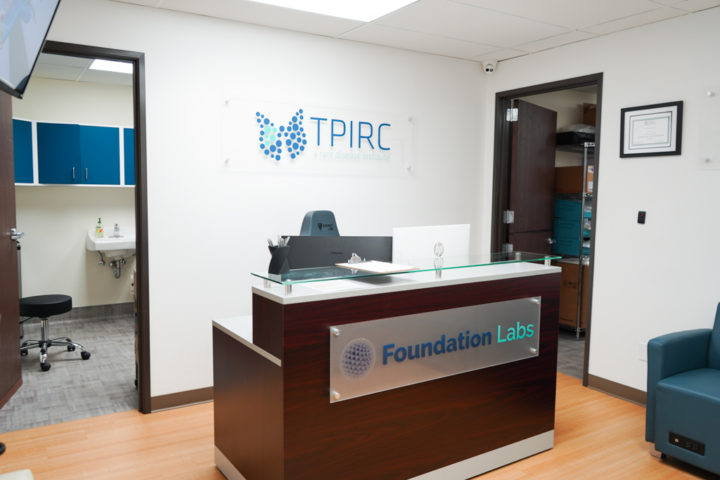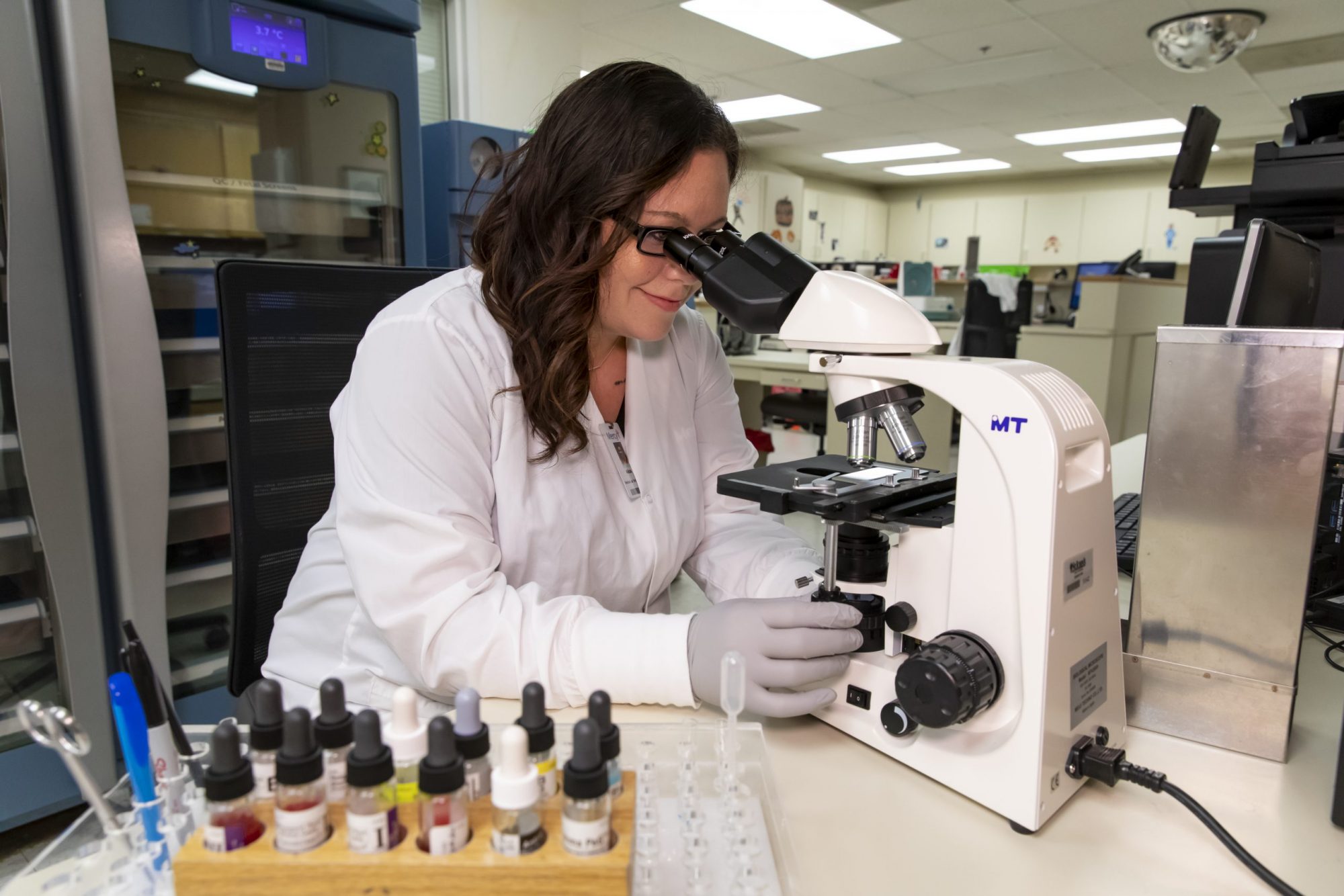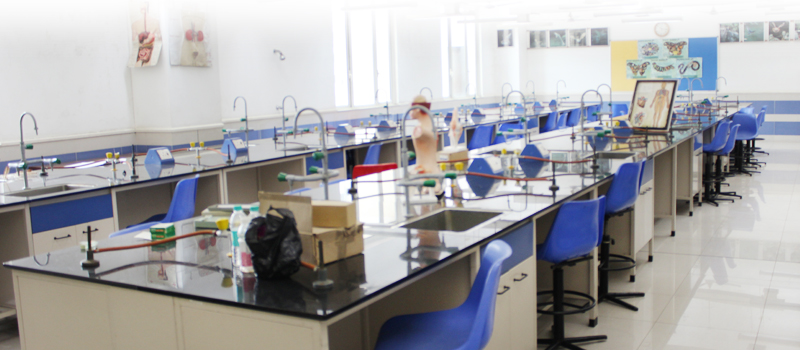

Erbitux® is a registered trademark of ImClone LLC, a wholly owned subsidiary of Eli Lilly and Company. Alecensa® is a registered trademark of Chugai Seiyaku Kabushiki Kaisha. Vectibix® is a registered trademark of Immunex Corporation. Rubraca® is a registered trademark of Clovis Oncology, Inc. Piqray® is a registered trademark of Novartis AG. Tabrecta TM is a trademark of Novartis AG. Pemazyre TM is a trademark of Incyte Holdings Corporation. Keytruda® is a registered trademark of Merck Sharp & Dohme Corp. ‡ Tarceva® is the registered trademark of OSI Pharmaceuticals, LLC. Zelboraf®, Herceptin®, Perjeta®, Kadcyla®, and Cotellic® are registered trademarks of Genentech, Inc. Gilotrif® is a registered trademark of Boehringer Ingelheim International GmbH. Iressa® and Tagrisso® are registered trademarks of the AstraZeneca AB Corporation. Xalkori® is a registered trademark of Pfizer Inc. Zykadia®, Tafinlar®, and Mekinist® are registered trademarks of Novartis AG Corporation Switzerland. †Medicare and Medicare Advantage members have coverage of FoundationOne CDx in accordance with the Centers for Medicare and Medicaid Services (CMS) national coverage determination (NCD) criteria. Therapeutic action in this case uses the patient’s mother or father as a donor, with peripheral blood as a stem cell source, to replace the damaged sickle cells with healthy red blood cells.* PD-L1 by Immunohistochemistry (IHC) can be ordered as a supplemental test and may inform eligibility for several immunotherapies across different cancer types The research team has FDA approval for several clinical protocols to treat such disorders as sickle cell disease, in which red blood cells break down into a “sickle” shape. With a focus on oncology, hematology, neurology, genetics and cardiovascular therapies, the CTEL supports a range of translational programs that harness stem cell, cellular, tissue and gene therapies. All pediatric and adult blood and marrow transplantation programs, and other regenerative cellular therapy programs at Westchester Medical Center and Maria Fareri Children’s Hospital, rely on cell manufacture and processing in the CTEL. The state-of-the-art equipment in the CTEL is designed to facilitate cellular therapy (CT) under investigational new drug applications (IND), in support of cellular therapy that will treat a variety of disorders and diseases. Instead, it creates the defining feature of medicine’s new frontier: human cells. But this manufacturing “plant” doesn’t turn out cars, pens, candies, clips or anything that can be seen with the naked eye.

The Cellular and Tissue Engineering Laboratory (CTEL) within the Children and Adolescent Cancer and Blood Disease Center at Maria Fareri Children’s Hospital consists of a 8,000 square foot “current good manufacturing practice” (cGMP) facility. Due to our “bench to bedside and back” research, children travel from across the country, and the world, to receive treatment at Maria Fareri Children’s Hospital.Ĭellular and Tissue Engineering Laboratory In addition, our laboratory has developed several national translational research consortiums focusing on Stem Cell Transplantation for high-risk patients with Acute Leukemia, Lymphoma cell therapy, Pediatric Sarcoma cell therapy, Familial Stem Cell Transplantation for sickle cell disease, and non-Hodgkin Lymphoma translational research and treatment.

Visit the Ronald McDonald House Website.Visit the Wellness and Survivorship Department.Patient and Family Advisory Council (PFAC).NYMC-Children & Adolescent Cancer & Blood Disease Center.Welcome to the website of the Children and Adolescent Cancer & Blood Diseases Center at the Maria Fareri Children’s Hospital at Westchester Medical Center and the Division of Pediatric Hematology, Oncology and Stem Cell Transplantation at New York Medical College in Valhalla, NY, in Westchester County.


 0 kommentar(er)
0 kommentar(er)
